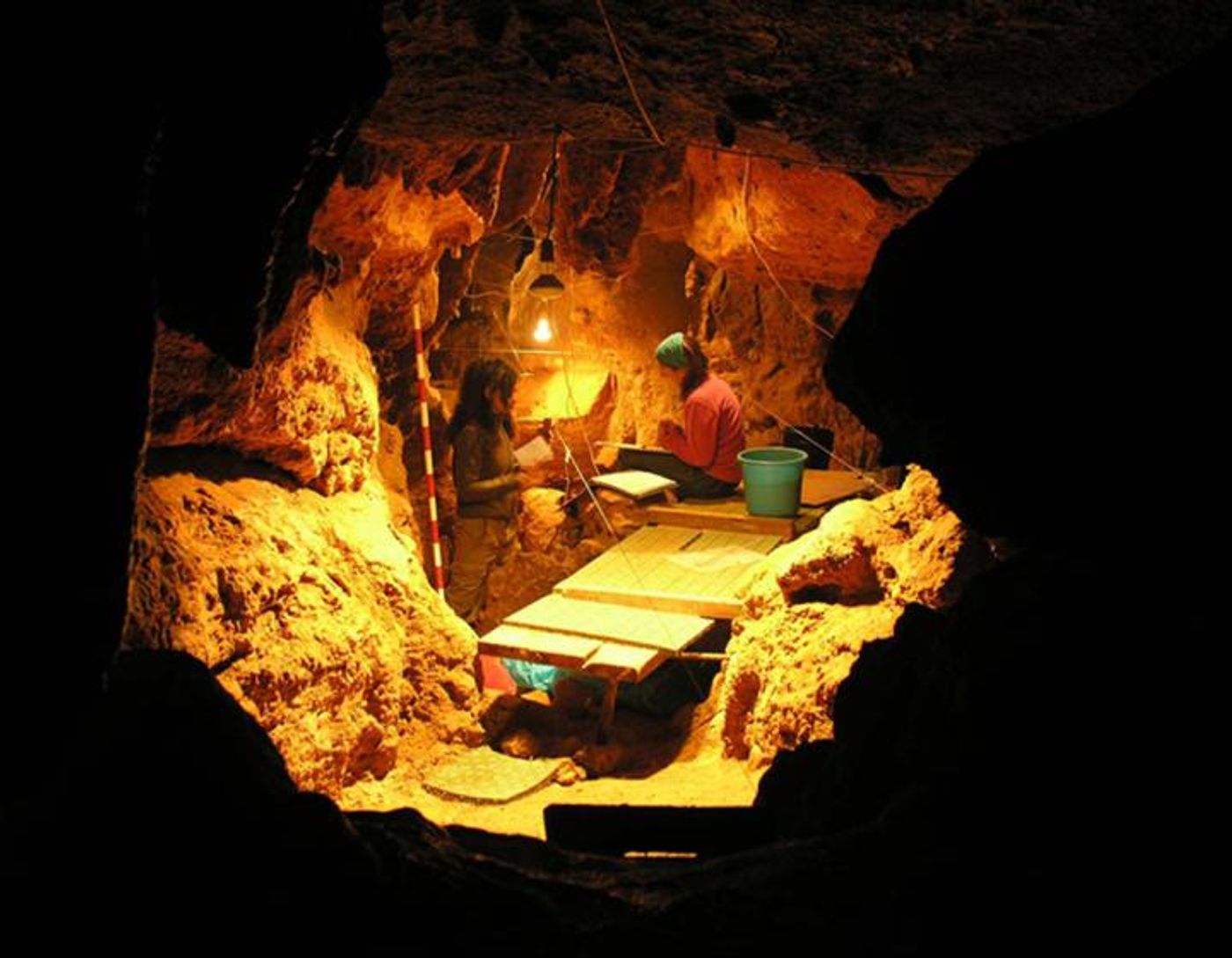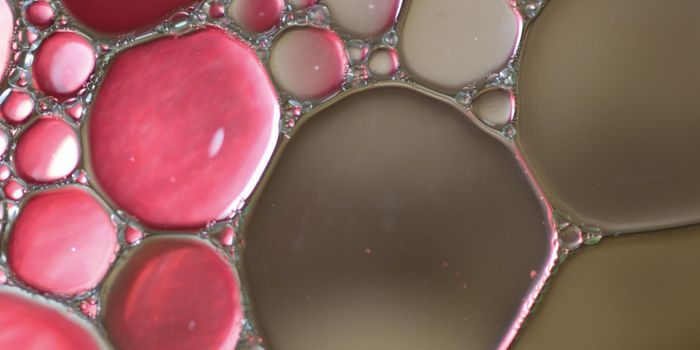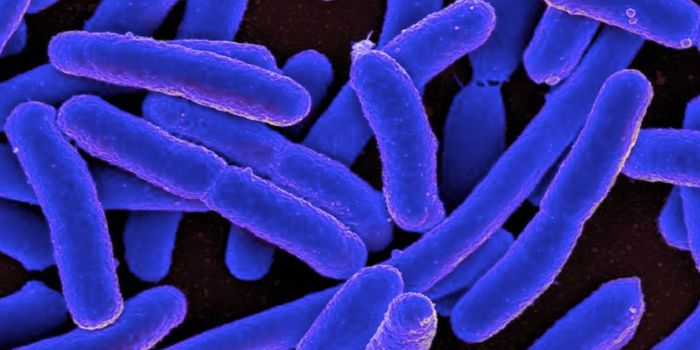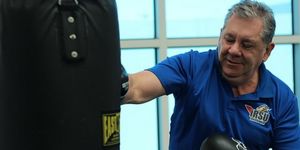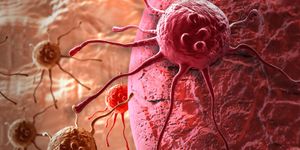Neanderthals had Medicinal Remedies
Neanderthals are our closest extinct relative, and through their DNA scientists have gained new insight into their diet, behavior, and evolutionary background, revealing that they used medicines, in the form of plants, to alleviate pain and treat illness. The work has shown a great deal of complexity in the activities of Neanderthal groups. The findings, which are summarized in the video below, were published in Nature by the University of Adelaide's Australian Centre for Ancient DNA (ACAD) and Dental School in collaboration with the University of Liverpool in the UK.
"Dental plaque traps microorganisms that lived in the mouth and pathogens found in the respiratory and gastrointestinal tract, as well as bits of food stuck in the teeth - preserving the DNA for thousands of years," explained the lead author of the work, Dr Laura Weyrich, an ARC Discovery Early Career Research Fellow with ACAD. "Genetic analysis of that DNA 'locked-up' in plaque, represents a unique window into Neanderthal lifestyle - revealing new details of what they ate, what their health was like and how the environment impacted their behavior."
Samples were taken from sites in Spy in Belgium and El Sidrón in Spain. Those four dental plaque specimens were 42,000 to around 50,000 years old, making them the oldest dental plaque ever genetically assayed. The team also reconstructed the oldest bacterial genome ever sequenced.
"We found that the Neanderthals from Spy Cave consumed woolly rhinoceros and European wild sheep, supplemented with wild mushrooms," said Professor Alan Cooper, the Director of ACAD. "Those from El Sidrón Cave on the other hand showed no evidence for meat consumption, but appeared instead to have a largely vegetarian diet, comprising pine nuts, moss, mushrooms and tree bark - showing quite different lifestyles between the two groups."
"One of the most surprising finds, however, was in a Neanderthal from El Sidrón, who suffered from a dental abscess visible on the jawbone. The plaque showed that he also had an intestinal parasite that causes acute diarrhea, so clearly he was quite sick. He was eating poplar, which contains the pain killer salicylic acid (the active ingredient of aspirin), and we could also detect a natural antibiotic mold (Penicillium) not seen in the other specimens."
"Apparently, Neanderthals possessed a good knowledge of medicinal plants and their various anti-inflammatory and pain-relieving properties, and seem to be self-medicating. The use of antibiotics would be very surprising, as this is more than 40,000 years before we developed penicillin. Certainly our findings contrast markedly with the rather simplistic view of our ancient relatives in popular imagination."
Modern humans have a connection to Neanderthals through common pathogenic microbes, including the bacteria responsible for gum disease. The ancient microbe, Methanobrevibacter oralis can be core;aged with gum disease. The research indicates that humans and Neanderthals exchanged microbes as far back as 180,000 years ago, which was a long time after the species diverged.
The research also highlighted how dynamic the microbial population has become in recent times. Oral bacteria in Neanderthals, and in ancient and modern humans is linked to the level of meat consumption; Spanish Neanderthals were correlated with chimpanzees and foraging ancestors in Africa. However in the Belgian Neanderthals the bacteria population was like that of early hunter gatherers, and like modern humans and early farmers.
"Not only can we now access direct evidence of what our ancestors were eating, but differences in diet and lifestyle also seem to be reflected in the commensal bacteria that lived in the mouths of both Neanderthals and modern humans," said Professor Keith Dobney of the University of Liverpool.
"Major changes in what we eat have, however, significantly altered the balance of these microbial communities over thousands of years, which in turn continue to have fundamental consequences for our own health and well-being. This extraordinary window on the past is providing us with new ways to explore and understand our evolutionary history through the microorganisms that lived in us and with us."
Sources: AAAS/Eurekalert! via University of Adelaide, Nature
